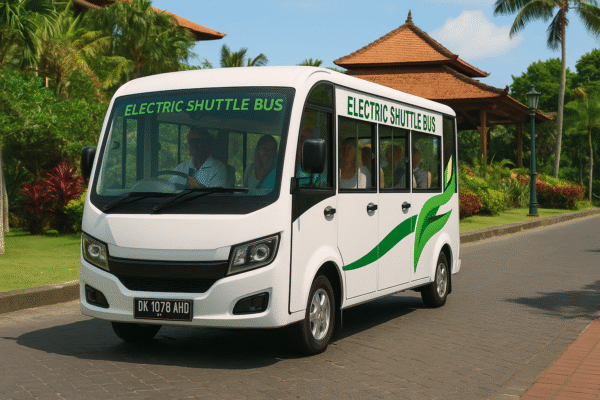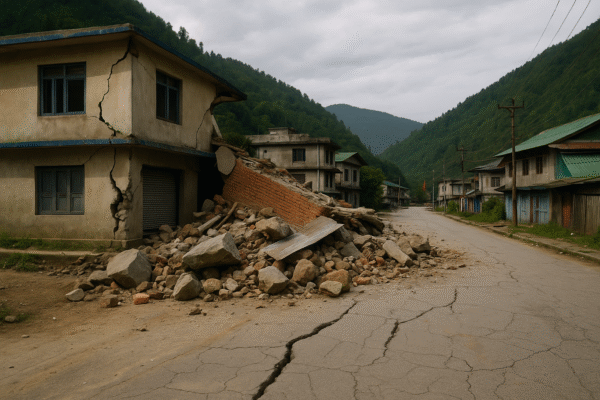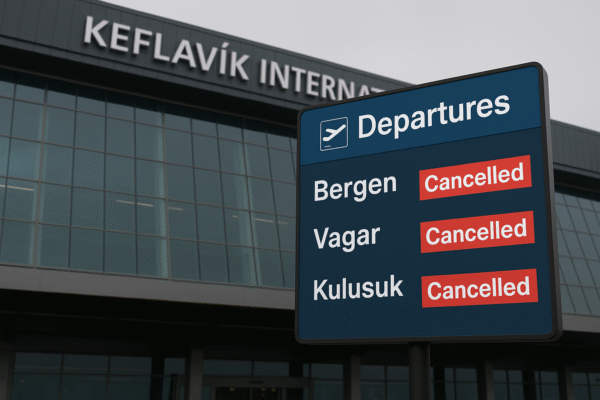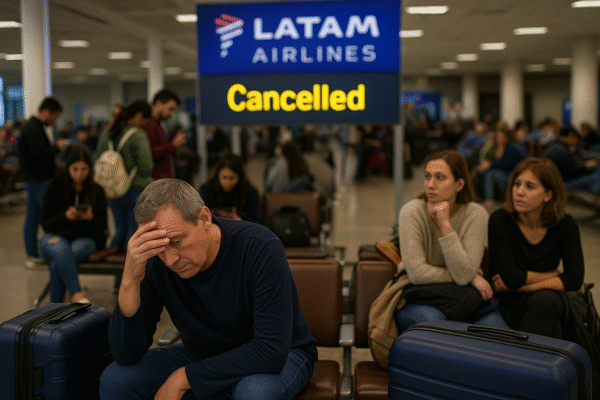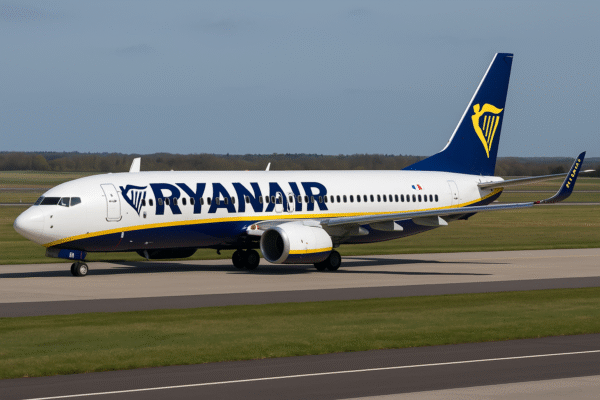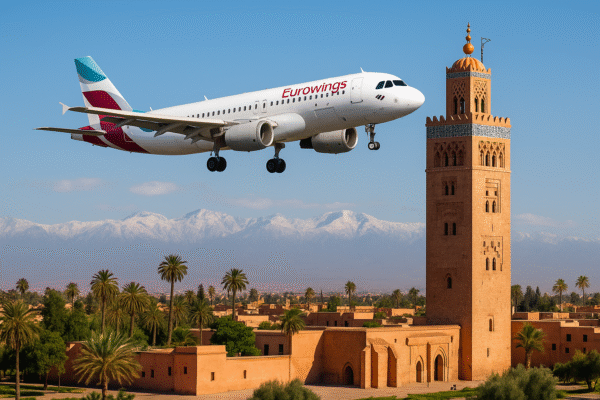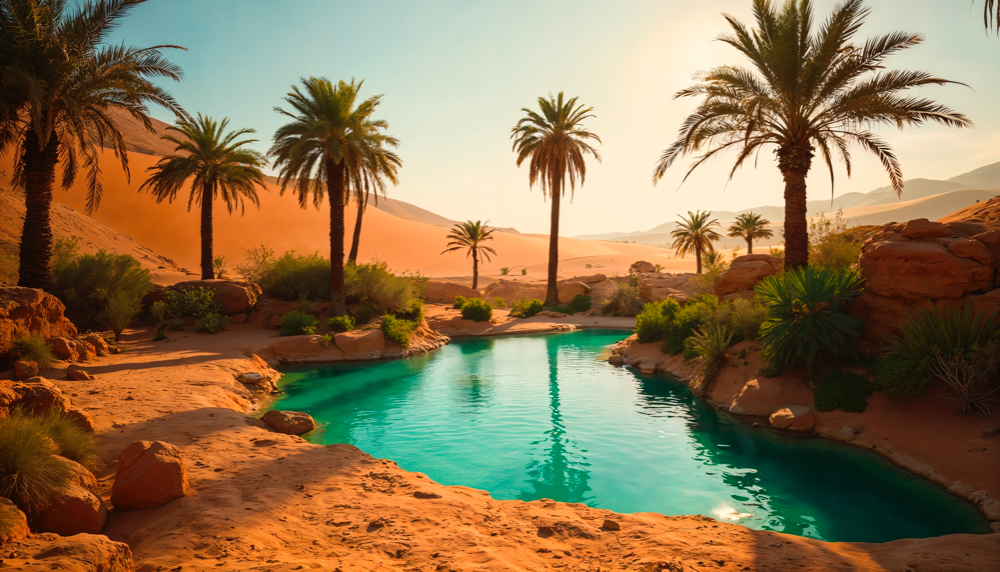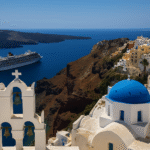Saudi Arabia has officially entered a new era of global tourism dominance, achieving unprecedented growth in 2025 and taking bold strides toward becoming one of the world’s leading travel destinations by 2030. According to the May 2025 issue of the UN World Tourism Organization (UNWTO) World Tourism Barometer, Saudi Arabia now ranks as the fastest-growing tourism economy globally, with a remarkable 102% surge in international tourist arrivalsduring the first quarter of the year compared to 2019 figures.
This impressive milestone reflects the kingdom’s strategic transformation under Vision 2030, a sweeping national development initiative launched by Crown Prince Mohammed bin Salman. Designed to reduce the nation’s dependency on oil, the vision prioritizes economic diversification, with tourism at its core. The sector’s explosive growth is not only rewriting regional travel dynamics but also repositioning Saudi Arabia on the global tourism map.
Breaking Global Records in 2025
Saudi Arabia’s tourism performance in Q1 2025 far exceeded the global average tourism growth rate of 3% and the Middle East’s regional growth of 44%, positioning the kingdom third worldwide in terms of international tourist arrivals. This growth reflects the government’s multi-billion dollar investment in infrastructure, hospitality, cultural preservation, and digital services.
In 2024 alone, Saudi Arabia welcomed over 30 million international visitors, and with the pace set in early 2025, it remains well on track to meet its ambitious Vision 2030 goal of attracting 70 million foreign tourists annually.
Top Tourist Destinations Fueling the Surge
Religious, cultural, and luxury tourism remain the kingdom’s strongest pillars. Makkah (Mecca) continues to serve as the spiritual heart of the Islamic world, drawing millions of pilgrims each year for Hajj and Umrah. In 2022, 9.4 million people visited Makkah, and religious tourism accounted for 5.9 million international visitors to the country that year—a number that has since grown.
Meanwhile, Al-Ula—home to Hegra, Saudi Arabia’s first UNESCO World Heritage Site—has become a must-visit for culture seekers and history lovers. The ancient Nabatean tombs carved into sandstone cliffs offer a dramatic look into Arabia’s pre-Islamic civilizations, supported by year-round festivals, art installations, and wellness retreats as part of the Royal Commission for AlUla’s master plan.
In Riyadh, travelers are discovering a rich mix of ultramodern skyscrapers and centuries-old architecture. Must-visit landmarks include the Kingdom Centre Tower, the Masmak Fortress, and the National Museum, which showcase both the country’s future ambitions and its deep-rooted heritage.
The coastal city of Jeddah serves as the kingdom’s Red Sea gateway. With its UNESCO-listed Al-Balad old town, vibrant souks, and scenic Corniche, Jeddah offers cultural richness and seaside relaxation in equal measure. Major events like the Red Sea International Film Festival and Formula 1 Saudi Arabian Grand Prix are also drawing attention from international audiences.
Future Developments: NEOM and the Red Sea Project
Saudi Arabia’s travel ambitions go beyond restoring its ancient treasures. The kingdom is also redefining modern luxury through mega-projects like NEOM, the $500 billion futuristic smart city under development in the northwest. Promising a blend of AI-driven urban planning and environmental sustainability, NEOM is expected to become a landmark tourism hub.
Another transformative project is The Red Sea Development, a coastal initiative building over 50 luxury resorts across more than 90 islands. These sustainable resorts will feature private villas, coral reef access, and eco-conscious design to attract high-end travelers from around the world.
These efforts are aligned with the Saudi Tourism Authority’s vision of positioning the country as a destination for every type of traveler—from adventure seekers and history buffs to spiritual pilgrims and luxury vacationers.
Tourist Demographics and Travel Behavior
The top source markets for Saudi Arabia in 2025 include Bahrain, Kuwait, Egypt, Pakistan, and Indonesia. According to the Saudi Ministry of Tourism, international tourists are now spending longer in the kingdom than in many other destinations, with an average stay of 16.7 nights. This extended duration highlights the multi-dimensional nature of Saudi Arabia’s tourism offering, which seamlessly blends culture, religion, leisure, and adventure.
Spending patterns also reveal a growing interest in domestic experiences, with tourists allocating their budgets not only to accommodation and food but also to heritage tours, guided excursions, desert adventures, and wellness experiences.
Sustainable Growth and Global Recognition
Saudi Arabia’s rise on the global tourism stage is not just about numbers—it’s also about strategic sustainability. The kingdom is committed to preserving its cultural landmarks and natural ecosystems through initiatives such as The Saudi Green Initiative, which integrates environmental protection with tourism development.
This transformation is earning international recognition. In addition to accolades from the UNWTO, Saudi Arabia hosted the World Travel and Tourism Council (WTTC) Global Summit in 2023, signaling its increasing importance as a thought leader in the global travel industry.
Conclusion: A New Chapter for Global Tourism
From record-breaking growth to megaprojects that push the boundaries of innovation, Saudi Arabia is poised to become a top global travel hub by 2030. With its Vision 2030 agenda on track and a rapidly expanding portfolio of destinations, attractions, and events, the kingdom is redefining how the world sees tourism in the Middle East.
As travelers from across the globe seek out new cultural experiences, luxury stays, and authentic adventures, Saudi Arabia is ready—and rising—to meet them.
For more travel news like this, keep reading Global Travel Wire


